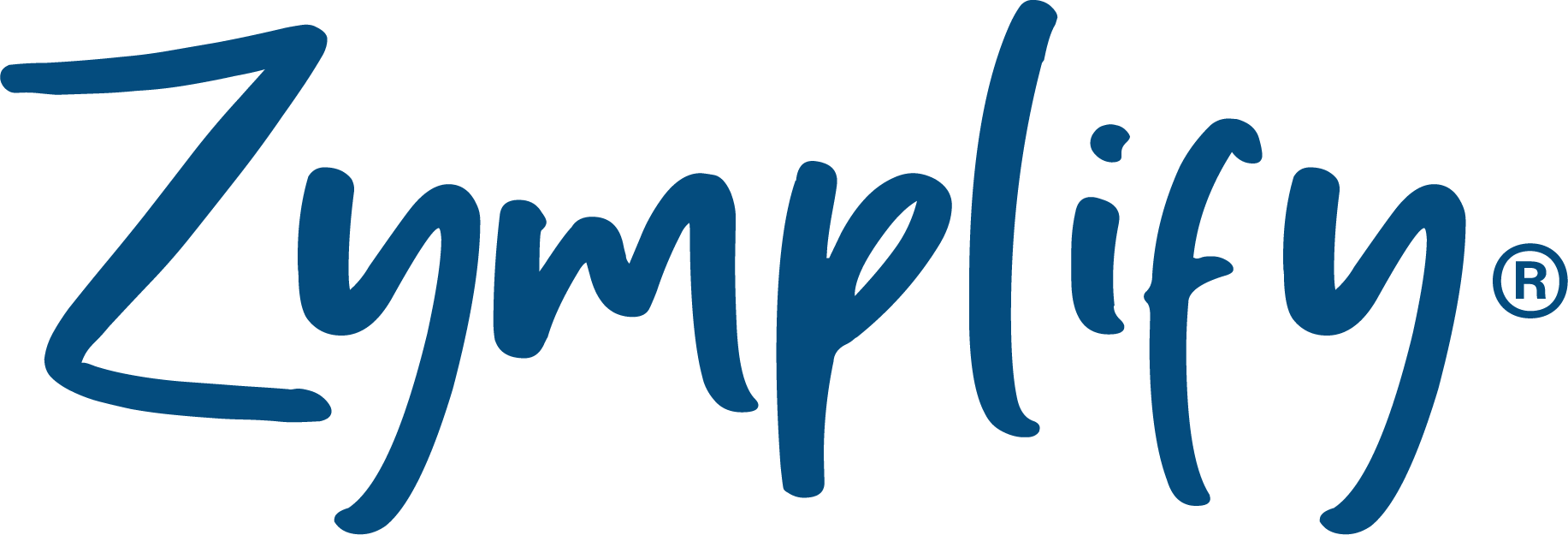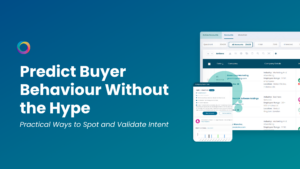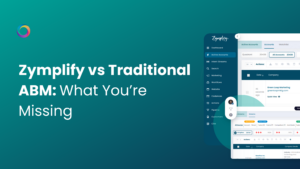You’ve heard the term and you know plenty of marketers using successfully to grow their business.
But what is Marketing Automation?
Marketing automation aims to bring together all of a company’s marketing requirements into a single, easy-to-use, integrated platform. It is particularly useful for SMEs and Digital Agencies, who may find it difficult to cover all their marketing bases with a limited budget and few staff. Marketing Automation refers to the software that brings everything together.
A lot of marketing departments around the world have to automate repetitive tasks like emails, social media and other website actions. Marketing automation makes this easier and could save your business money in the long run too.
Why marketing automation matters
A good marketing automation platform combines a customer relationship management (CRM) system with tools that automate marketing and sales processes.
- It allows a salesperson to get in touch with prospects at the right time to nudge them towards buying.
- It has become expensive and time-consuming to attempt to deal with the number of different platforms. Marketing automation can help by uniting all these different stand-alone solutions into a single manageable platform.
Functions of marketing automation
Marketing automation is concerned with the journey that turns strangers into audiences and those audiences into customers. Those happy customers can then attract more strangers which starts the whole process again. We’ve identified eight main areas where marketing automation can help you convert strangers into customers and have a real impact on how you do business…
-
Awareness – Get found by your customers
There are lots of channels you should use to target your audience. We divide these up into Owned, Earned and Paid. Marketing automation will allow you to integrate all those channels in one place. Owned Media is your own internal resources. This includes your website, blog, emails and things like pop-ups. Earned Media is your profile on a public platform. This includes social media platforms like Facebook, Twitter, LinkedIn and YouTube. Paid Media is where you pay for a service that attracts customers to you. This includes online advertisements and ads on social media sites.
Marketing Automation brings all of these channels into one central platform. This means that instead of maintaining different campaigns across four or five different platforms, you can centrally post to them all from one single dashboard. This allows you to adopt a consistent and integrated approach to your marketing campaigns. Using centralized analytics, you can also compare and contrast all of your platforms, to see where your efforts should be focused.
2. Engage – Get noticed by your customers
Landing Pages & Follow Up Pages
Once someone clicks on a link on your email, social post etc, they will be directed to a landing page. These pages are designed to provoke potential subscribers to provide their email address which will be then used to further engage with them. Post Entry Page and Autoresponders are a good place to start.
Standardize and Optimize Pages
Marketing Automation allows you to automate these processes so that post-entry pages and autoresponder emails appear automatically after a person has taken certain actions. You can create standard Landing Pages using templates and even experiment with a few at the same time to see what people respond to.
Wide Social Reach
Marketing automation makes it easy to create social posts across multiple platforms. You can centralize your social media strategy, crafting posts for multiple platforms at once. Posts can be scheduled for each platform in advance, allowing you to plan ahead. Take the opportunity once in a while to ask your social media followers to sign up to your blog, newsletter, etc. You can create a certain standard of posts and perfect your social media style.
3. Subscribe – Get more information from your prospects
Making the most of email addresses
Try to gather email addresses from landing pages and by asking your social media followers to give you their email address. Using their email, you can look up their ID on Twitter, Facebook, LinkedIn and more, so that can create a more refined sales approach to that particular customer.
Website Visitor Tracking
You can set up your website to see how a potential customer arrived on your site (e.g., through an ad on social media, by clicking a link in an email etc.) and what they were interested in (what pages they visited and how long they browsed for). Through this feature, you can also give potential customers the ability to opt-in or out of marketing for different campaigns. This is particularly useful for ensuring that you are compliant with the EU General Data Protection Regulation (GDPR) for each customer.
4. Convert – Get refined
Track, adapt and improve marketing methods
The marketing automation system generates scores for customers, giving you an idea of how much time they have spent looking into your company. By keeping an eye on all of your marketing methods and using website visitor tracking, you can begin to work out what potential customers like and what they don’t like. You can bring up a simple display of all of your marketing campaigns, across all channels, which will tell you how many people are viewing the campaign and how many ended up engaging with it. Using this information, you can change your landing pages and ads etc., accordingly, to broaden the appeal of your marketing messages.
A good way to do this could be to design popups that are very targeted or tailored. For example, you can make a pop-up which only displays on certain devices or only appears when a potential customer leaves a certain page etc.
5. Excite – Get their attention
Target audiences
After using analytics, you can create custom campaigns which directly target certain people. If a potential client wants to download a larger piece of content, say a webinar or an eBook, you can ask that they sign up to an email mailing list. A good way to do this could be to design pop-ups that are very targeted or tailored. For example, you can make a pop- up which only displays on certain devices, or only appears when a potential customer leaves a certain page etc.
Send them custom emails about topics you know they are interested in. As these progresses, you can learn what aspects of your business appeal to them the most and really sell them on that particular feature. Using this information, you can change your landing pages and ads etc., accordingly, to broaden the appeal of your marketing messages.
6. Ascend – Get connected with your audience
Integrate your sales pipeline
After helping you to gain new customers, marketing automation can also review the sales process so that you can improve the process in the future. As new customers sign up from different marketing campaigns, you can track how many engagements, deals and sales are taking place per marketing campaign and how much you spent for each interaction. You can easily and automatically work out your return on investment (ROI) for each marketing campaign and put a value on each step of the process, from the engagement, through to the deal, through to the sale.
7. Advocate – Get endorsed
Streamline support
Marketing automation also allows you to handle Live Chat from your platform. This means that customers can speak to a real person about their issue. You can also set up customer support forms, which will direct the query to the team or person best equipped to deal with it. When creating custom marketing campaigns, don’t forget to create a list for your regular customers. By scheduling regular messages directly to them you can keep them interested and satisfied and open to new offers from your company. Marketing automation can help you provide a solid service after the sale. With a lot of marketing processes automated there is less potential for human error, meaning you can build a reputation as a reliable, easy-to-deal-with business.
8. Promote – Get started over again
Customer Content
Once you have built up a good relationship with a customer, you can include them in your marketing processes. You can create content or social media posts showing how your business has helped them, or perhaps which particular feature or service that you offer that benefits them the most. This can act as a great testimonial for new customers, while the existing customer benefits from the advertising of your marketing campaign.
Feedback and encouragement
Ask for feedback from existing customers at regular intervals. If the feedback is negative, you can use the information to improve your service. If it is positive, add the lines of praise to your marketing campaigns with your customer’s permission.
Top benefits of Marketing Automation
- Costs – Save money by not having to hire a team of marketing professionals
- Progress – Automatically encourage and nurture new customers
- Competition – Level the playing field between your company and larger businesses
- Insight – Use your database of collected information to improve your campaigns
- Growth – Marketing automation is scalable, flexible and can grow with your business
SO, WHAT’S NEXT?
Now you know more about marketing automation and how it can help your business grow. Through Zymplify you can:
- Measure and monitor your full marketing function, from the first click to close
- Launch and monitor all your marketing activity from one place
- Utilise our in-house team of digital experts to help you when you need it
- And so much more!
By using Zymplify, we can help you create digital marketing campaigns that drive results for your clients. So, if you’re looking to kick it up a notch and become a better marketer, start your free 14-day trial of Zymplify today!
More from Zymplify
Top Inbound Marketing Tools to use in 2019
Inbound Marketing and Marketing Automation
The Power of Inbound Marketing: Are You Really Using it Effectively?



